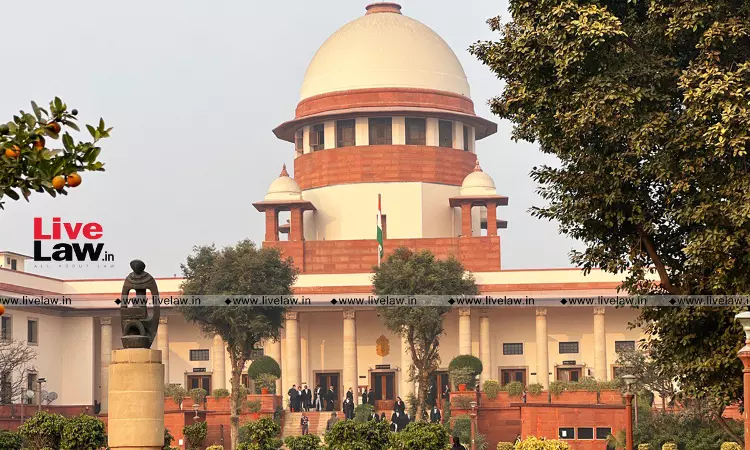Prima Facie Inclined To Relax Restrictions In Eco-Sensitive Zones Near Forests : Supreme Court
Awstika Das
16 March 2023 7:21 PM IST

Next Story
16 March 2023 7:21 PM IST
The Supreme Court on Thursday indicated that it might relax the restrictions in the one-kilometer Eco-Sensitive Zone(ESZ) which has been mandated near protected forests and wildlife sanctuaries.A bench comprising Justices BR Gavai, Vikram Nath and Sanjay Karol was hearing applications filed by the Union Ministry of Environment, Forest, and Climate Change and various State Governments...
